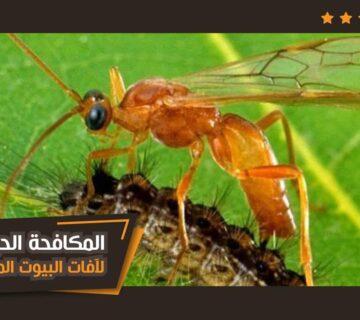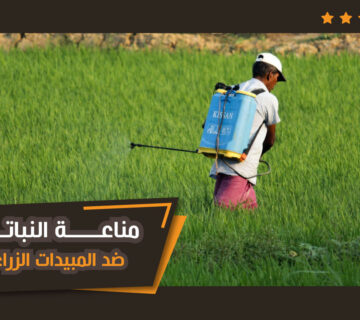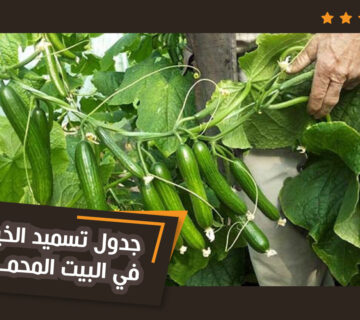Greenhouse fish culture or what is known as the “aquaponic system“, is one of the projects that aim to increase production; Whether from fish or plants, by providing a suitable environment for the growth of both, Kinana Houses Factory provides installation and operation services for the aquaponics system, what is this system, and what are its most important features?
Kenana Houses Factory Aquaponics System Installation Service
قائمة المحتوى
What is fish farming
in general; Fish farming can be defined as a project targeting aquaculture, whether fish or animals, within controlled aquatic farms.
So that the environmental conditions inside those farms can be controlled, which contributes to raising productivity and providing more sources of income and job opportunities.
Types of fish farming
Fish culture, according to the regulations adopted in it, is divided into four basic types:
Extensive culture
- This system requires few inputs that are used inside the ponds to be cultured, including food.
- And among the most important foods that fish depend on within aquaculture systems, are zooplankton and aquatic (small marine organisms that represent food resources for other organisms such as fish).
Intensive culture
- As for intensive fish farming; It is the kind in which fish are raised in small tanks, made of cement.
- The diet in these ponds is based on industrial feed, with integrated nutrients.
- It is also characterized by easy control of diseases, although it requires high capital.
Semi-intensive culture
- This system is based on combining natural and artificial fish food together.
- Among its advantages; The possibility of producing large quantities of fish.
- The main disadvantage is the difficulty of controlling diseases that may infect the plants in it.
Integrated aquaculture
It is an integrated farming system that combines plant cultivation and fish farming, the kind that is provided inside greenhouses within the so-called “aquaponics” system.
Aquaponic fish culture
Fish culture inside greenhouses, for many fish, cannot be done throughout the year, due to the suitability of the hot climate for some species, and the suitability of the cold climate to others.
Therefore, what is known as the aquaponics system, or greenhouse cultivation, has been developed.
Because these houses provide cooling and heating systems, which contribute to controlling temperatures, thus increasing fish reproduction processes.
Aquaponics is a binary system of production, involving both plants and fish; It relies on fish waste to feed the plants inside the greenhouse.
It depends on plant nutrients, which are added to water, such as calcium and potassium, in feeding fish.
To better understand this process, it can be said that the plant acts as a biological filter within the aquaponic system.
The fermentation of fish waste and food residues produces nitrites, which are then converted into nitrates.
Because these nitrates are transformed with fermentation into ammonia, which threatens the life of fish, plants absorb these nitrates as organic fertilizer before they turn into ammonia.
Aquaponic System Components and Method
Fishing System Features
As for the advantages of this system; It can be summarized as follows:
- Exploiting small spaces to obtain a large financial return, including the rooftops and gardens of homes and villas.
- Having healthy, naturally fed plants.
- Represents a business opportunityIn addition to the basic work, since this system is easy to follow, and women can also work with it.
- It saves the amount of water consumed, due to the stability of the amount used throughout one breeding cycle.
- Provide a large part of the materials needed to feed plants and fish, as a result of the integration between them.
Installation and commissioning of the aquaponics system
The aquaponics system is easy to operate and manage; As it works automatically, through the use of a controller that controls all daily operations.
Among those operations, are pumping and stirring water, as well as pumping oxygen levels, which fish and plants need, into the water.
Finally, there are a set of points that must be taken into account when establishing a fish culture system inside greenhouses, such as identifying plants and fish suitable for indoor cultivation, knowing the duration of the breeding cycle for each type, in addition to knowing the density of fish within one cubic meter.</ p>

 then 'Add to home screen'
then 'Add to home screen' then 'Add to home screen'
then 'Add to home screen'







لا يوجد تعليقات